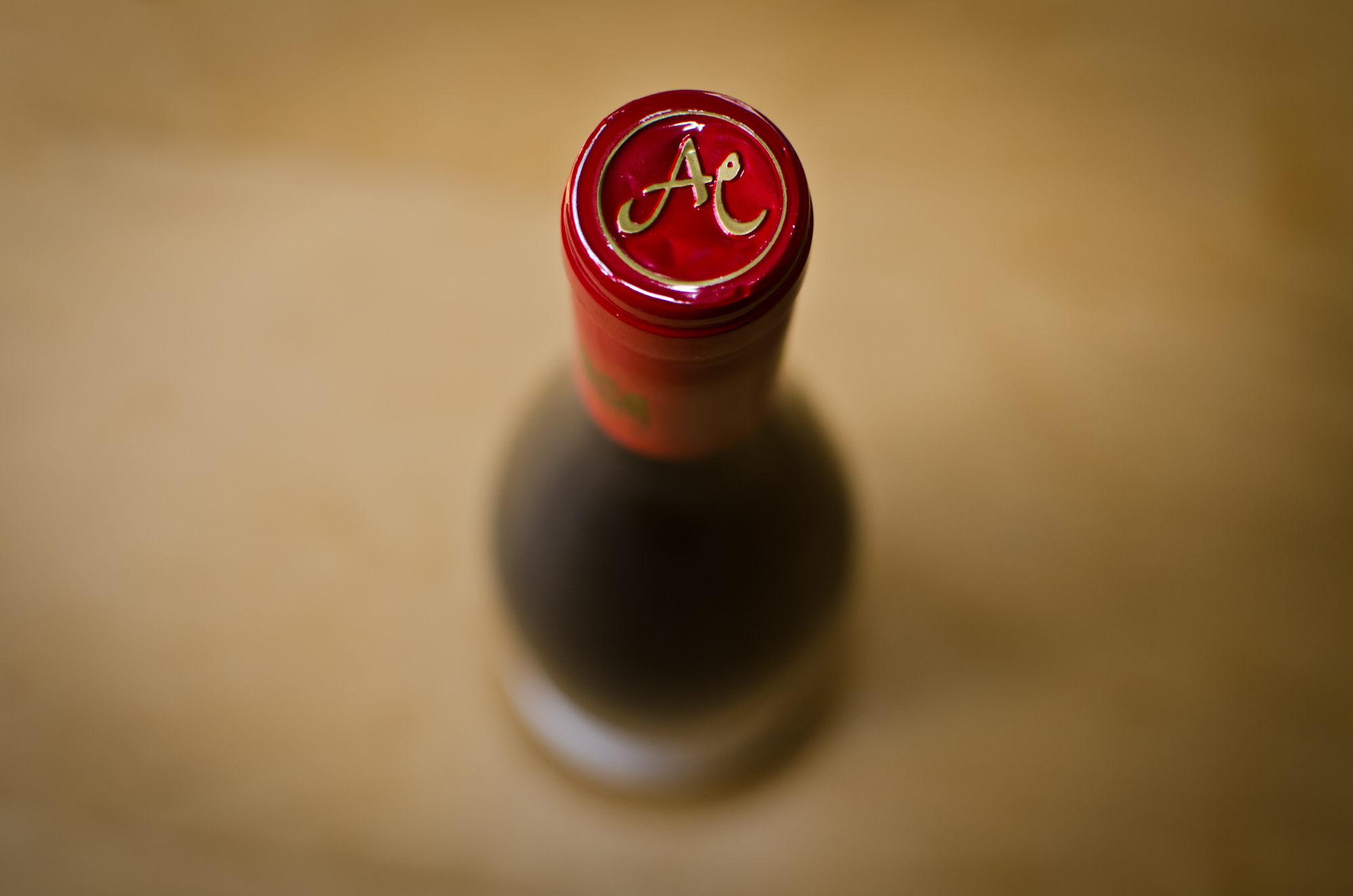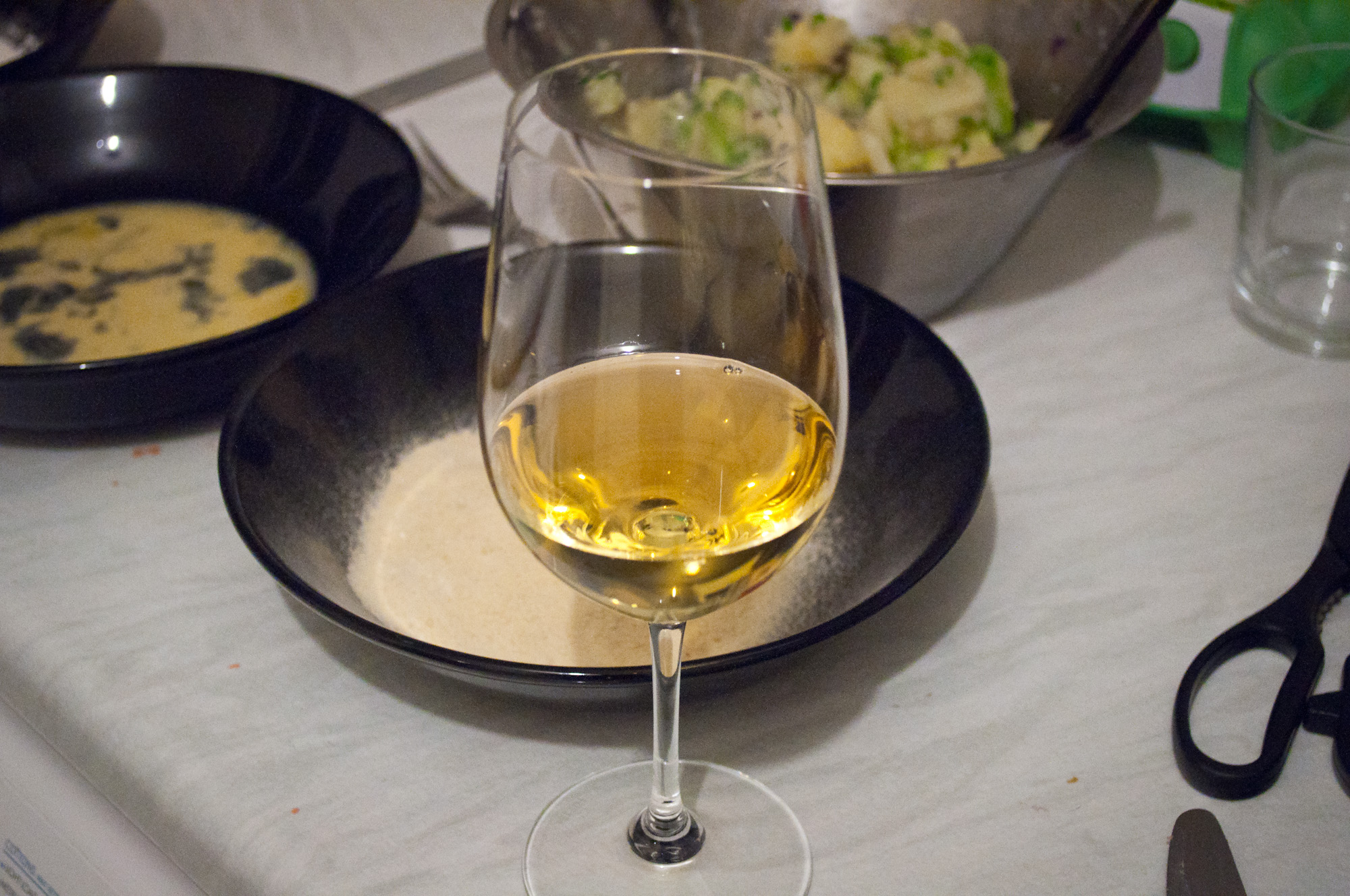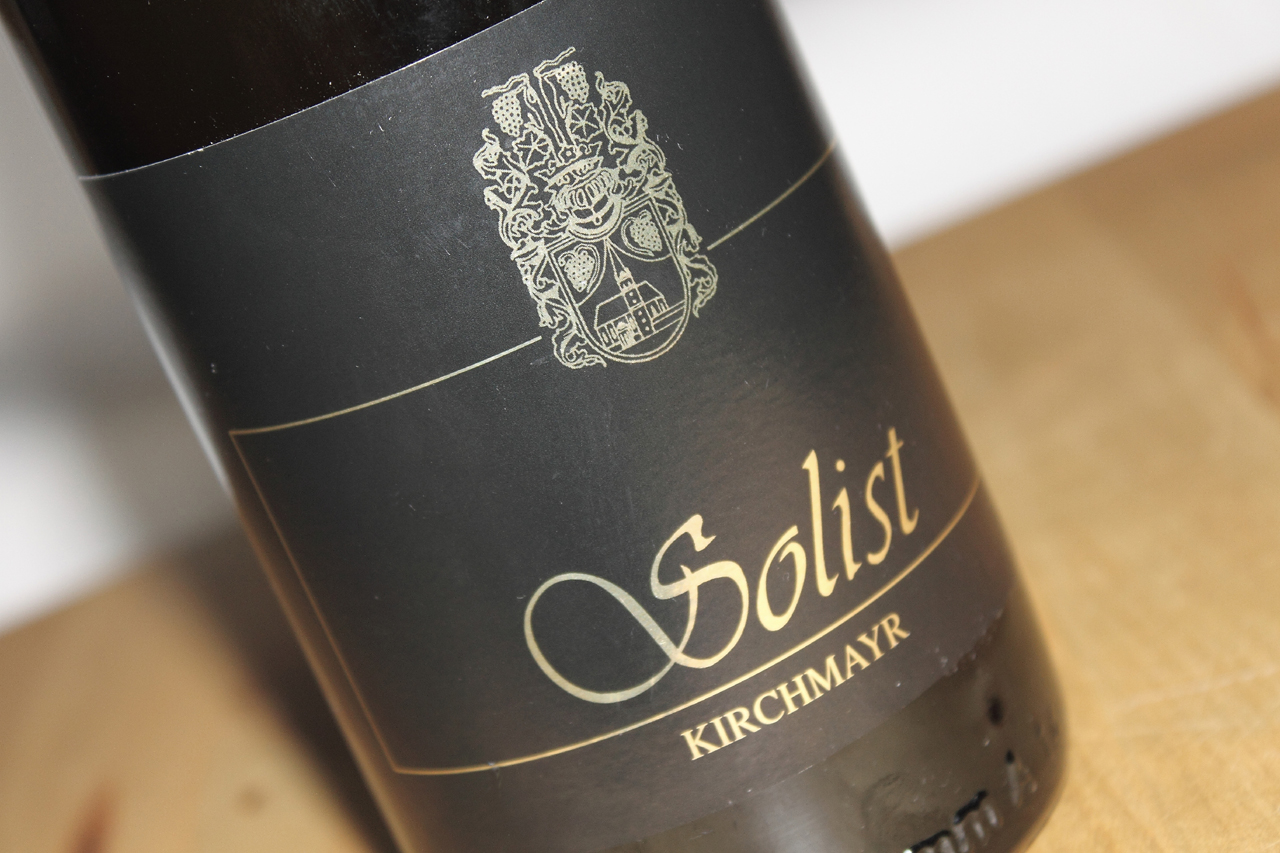Philipp Kuhn, Cuveé Luitmar, 2008
So there you sit in Tuscany, enjoying the evening sun and sipping on your Sangiovese blend - oh, wait! It is not Tuscany but the German wine growing region of the Pfalz (Palatinate) and you are not drinking a Chianti but a German red. Sounds unlikely? Well, unlikely it may be but certainly not impossible: Pfalz winemaker Philipp Kuhn is well known for his red wines and one of them, the Cuveé Luitmar, is indeed made of Sangiovese.

Not just Sangiovese but also Cabernet Sauvignon, St. Laurent and Blaufränkisch (also known as Lemberger) - not exactly what you would expect from a German wine...

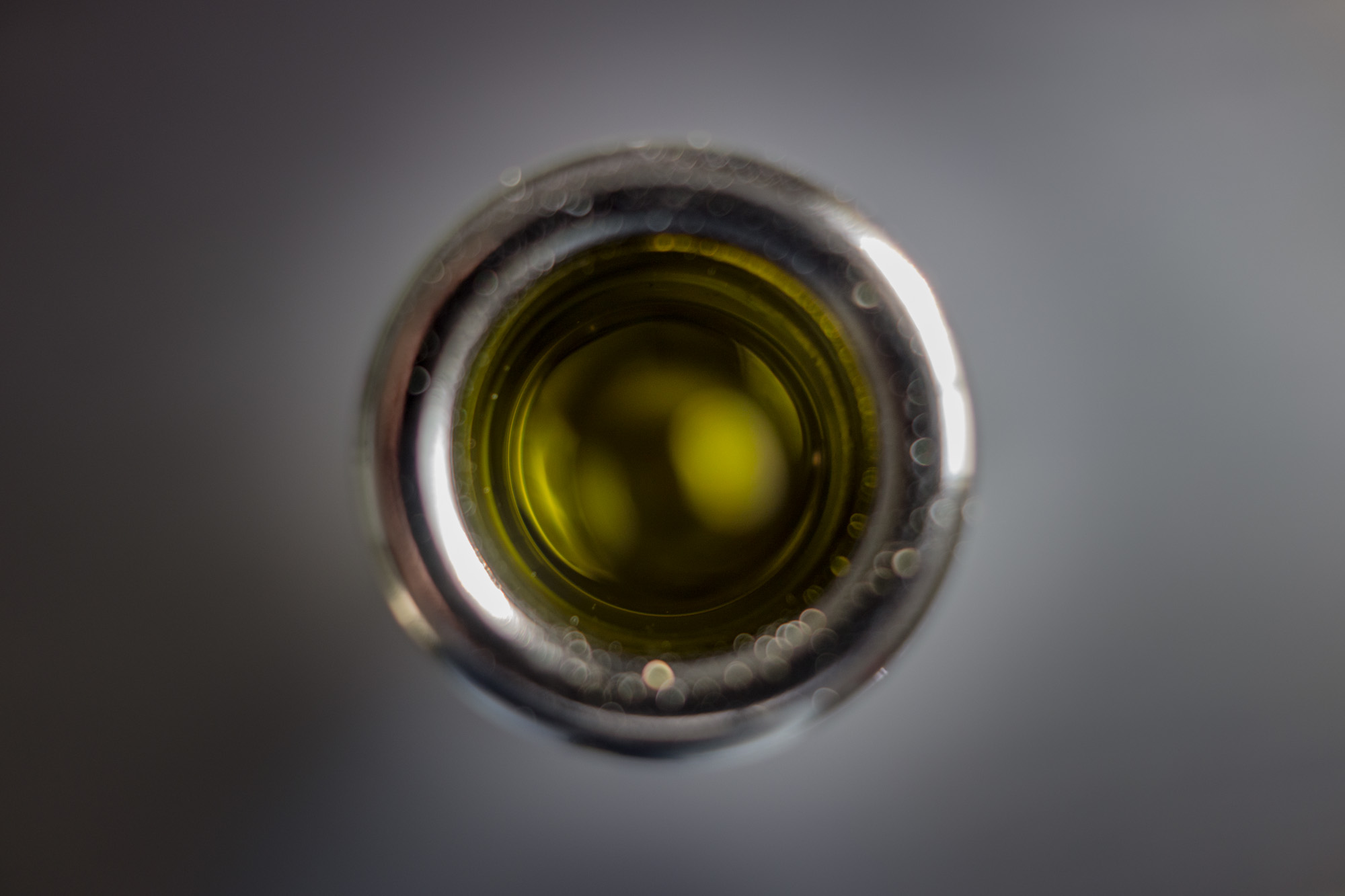
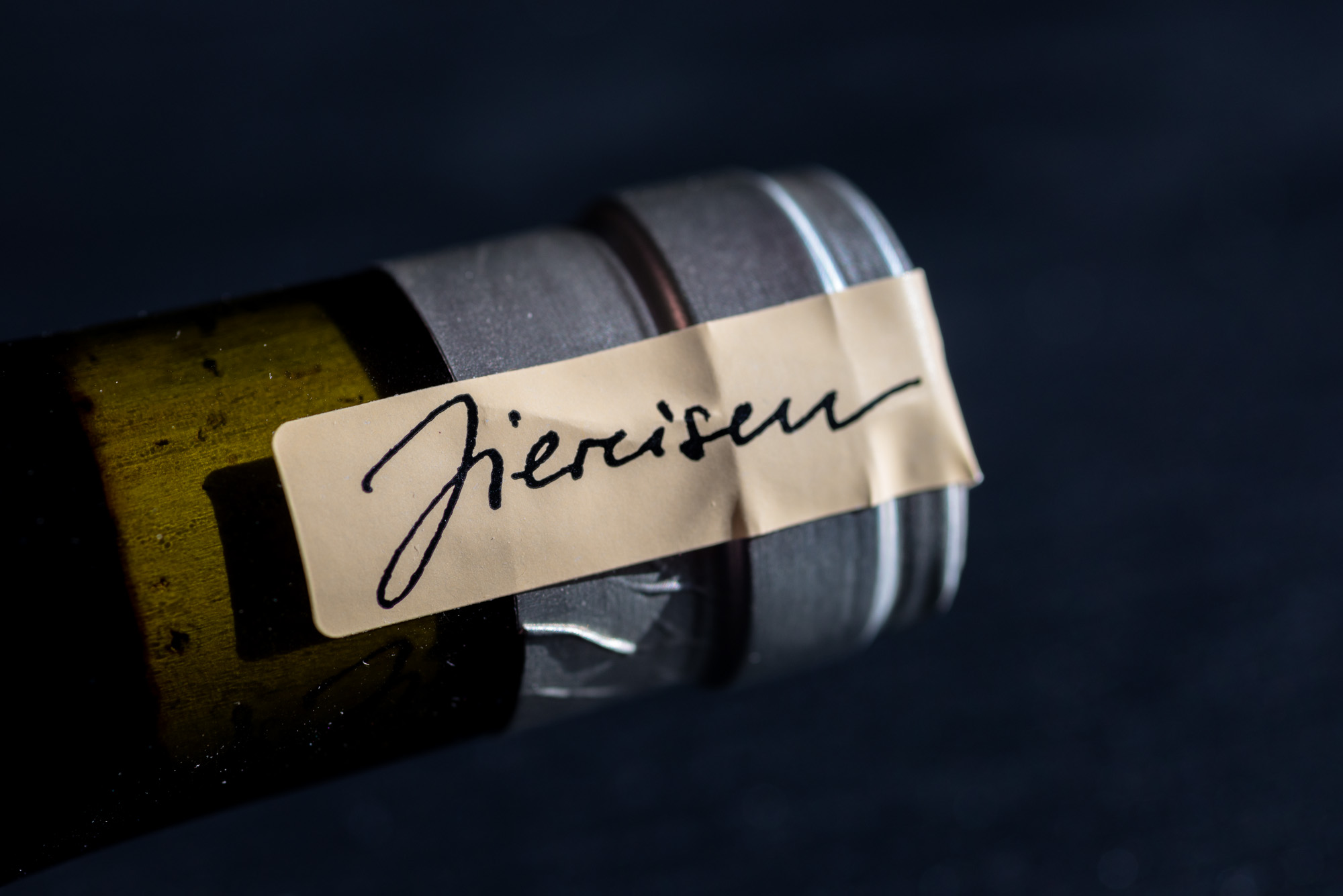

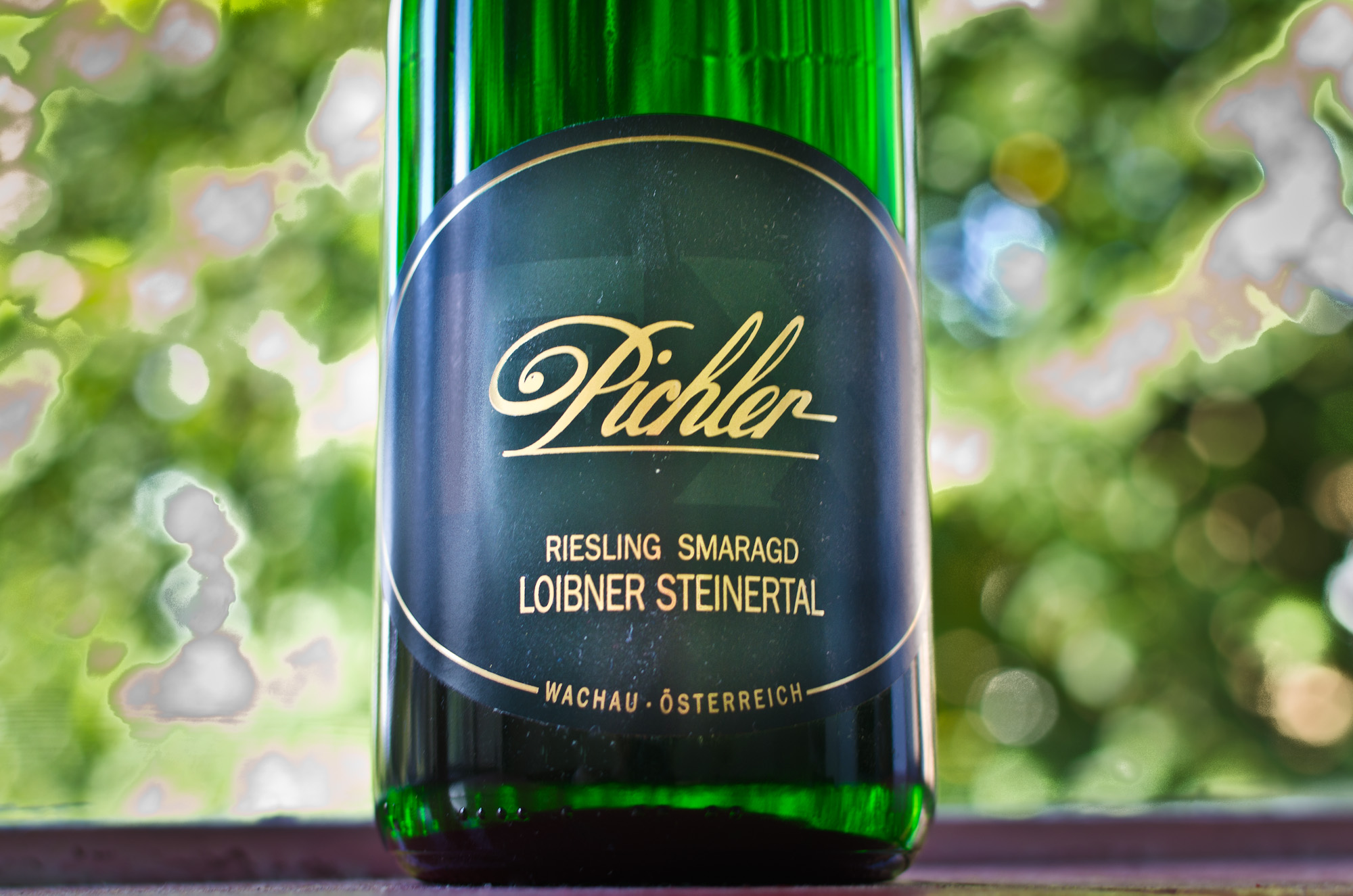
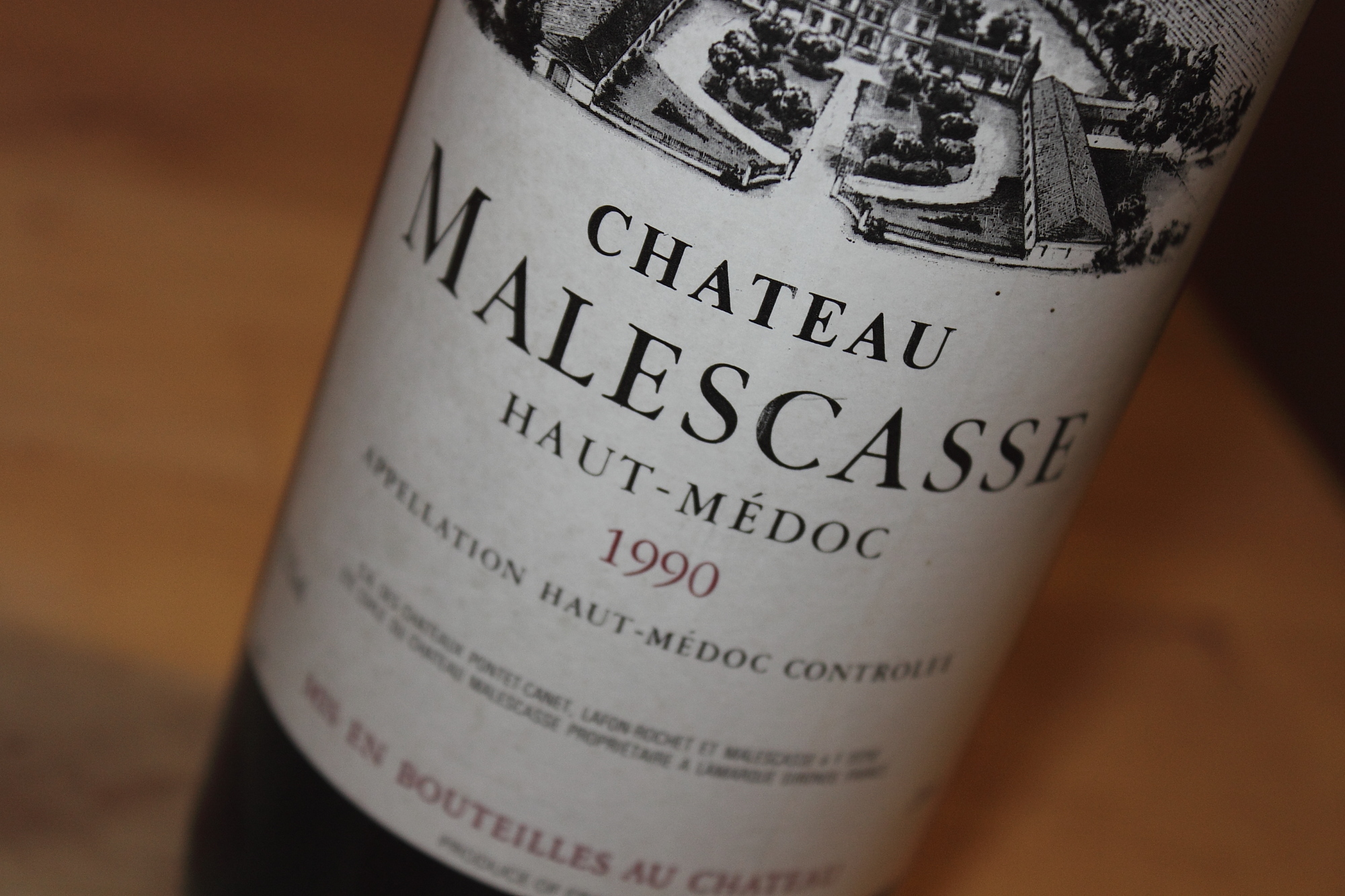 And when I woke up this morning with the rain lashing against the windows, I knew it : Tonight is its night.
And when I woke up this morning with the rain lashing against the windows, I knew it : Tonight is its night. 